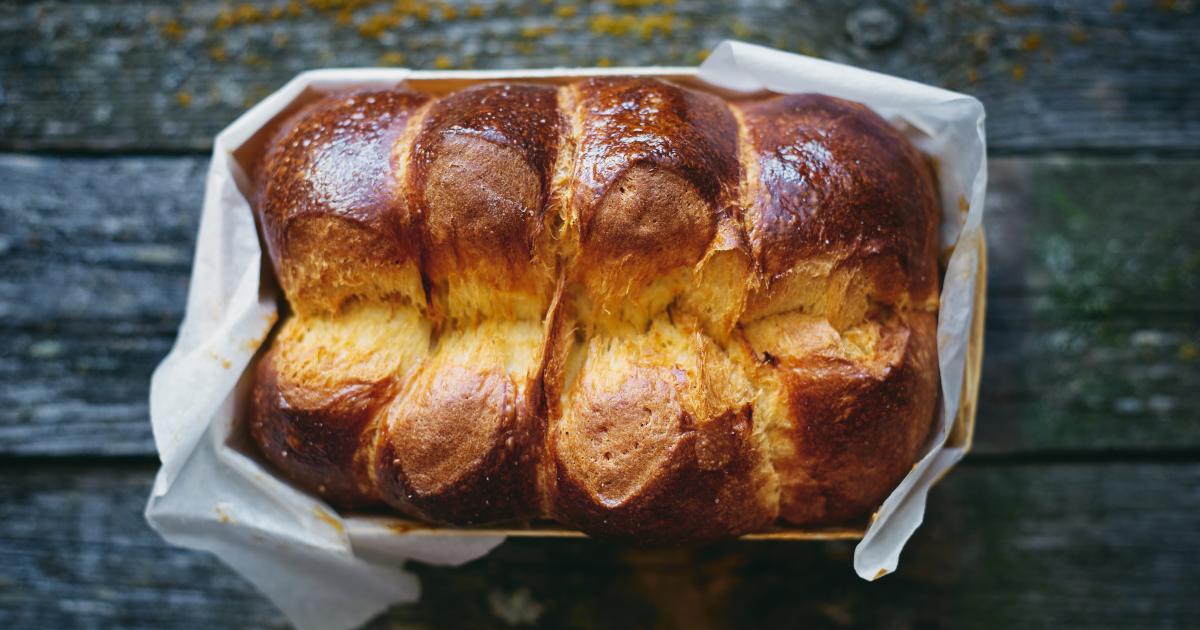
To achieve a brioche with the perfect texture, it is essential to respect the rising times indicated in the recipe. Under-rising can result in a dense, unpleasant brioche, while over-rising can make the dough too acidic. Here are some of the most common causes that will impact the successful rising of your brioche dough.
The yeast was expired or inactive. Always make sure to use fresh or active yeast.
The yeast has been in direct contact with salt. Salt can kill yeast, so it’s best not to put them in direct contact.
The room temperature was too cold. Yeast needs the ideal temperature to rise. Generally this is between 24°C and 27°C.
The place where you left the dough to rest was exposed to drafts. Drafts can slow emergence.
The amount of sugar or fat in the recipe can influence how well the dough rises. Too much sugar or fat can inhibit the action of yeast.
You didn’t give the dough enough time to rise. Proofing can take 1 to 2 hours depending on the recipe and temperature.
You haven’t kneaded the dough long enough to develop the gluten, which is necessary for a nice rise.
Adding too much flour can make the dough too dense and difficult to rise. The dough should always be elastic and a little sticky to ensure an airy crumb.
To remedy these problems, be sure to use fresh ingredients, follow recipe instructions for temperature and rising time, and be mindful of the amount of sugar, fat, and flour you use. If you have any doubts about the freshness of your yeast, you can test it by mixing it with warm water and sugar to see if it produces bubbles. By taking these precautions, you should be able to make a successful brioche dough on your next attempt. And also to follow our 10 tips for making a perfectly soft and delicious homemade brioche.
Source:https://www.750g.com/pourquoi-ma-pate-a-brioche-n-a-pas-leve-on-vous-aide-a35136.htm


